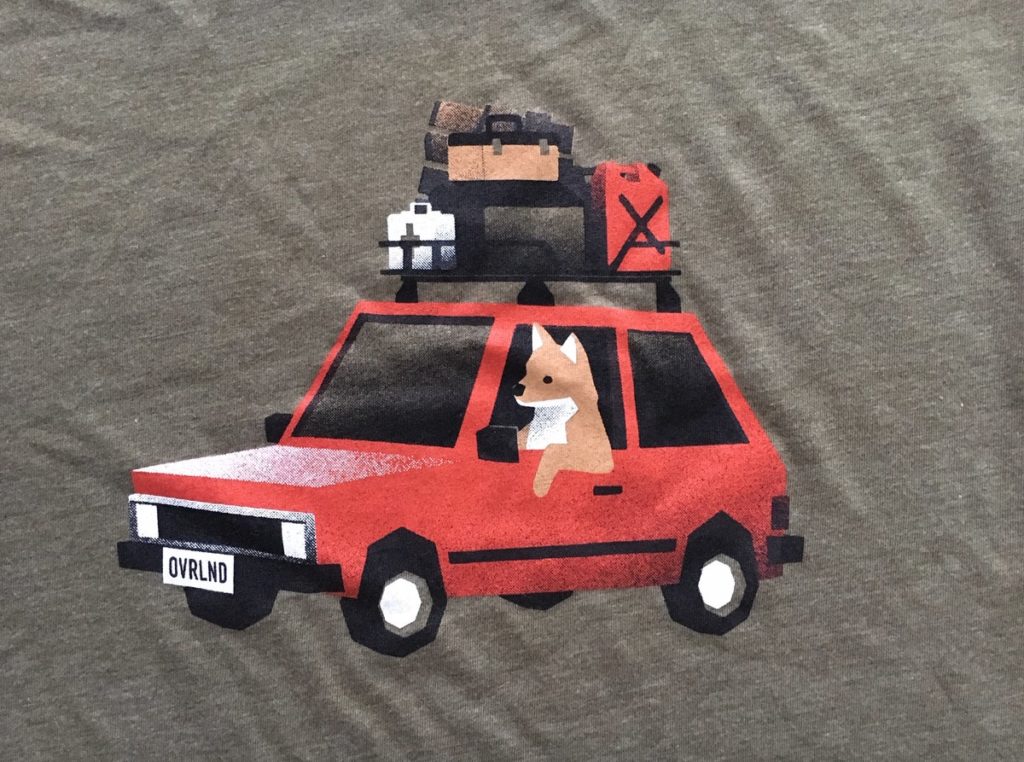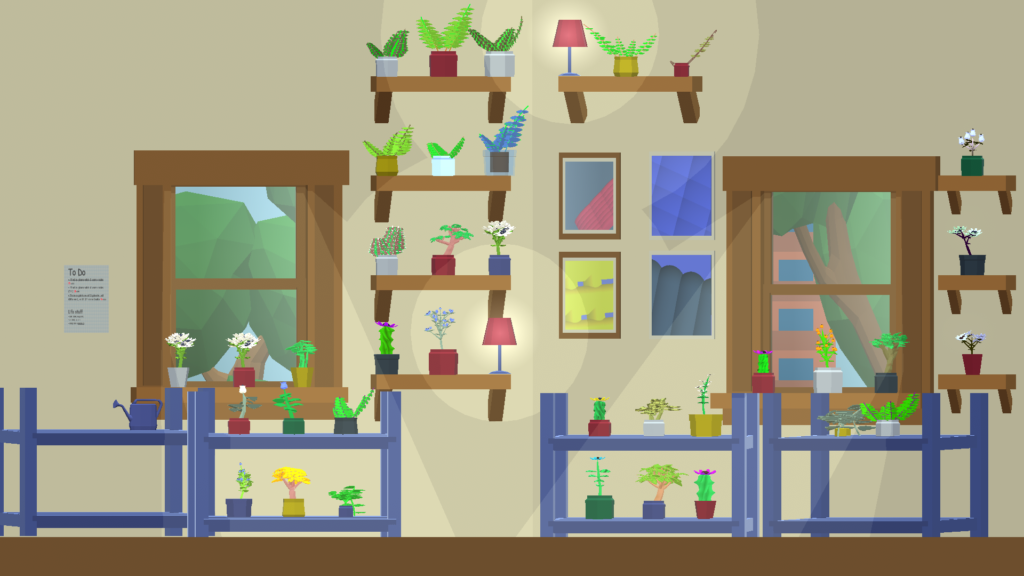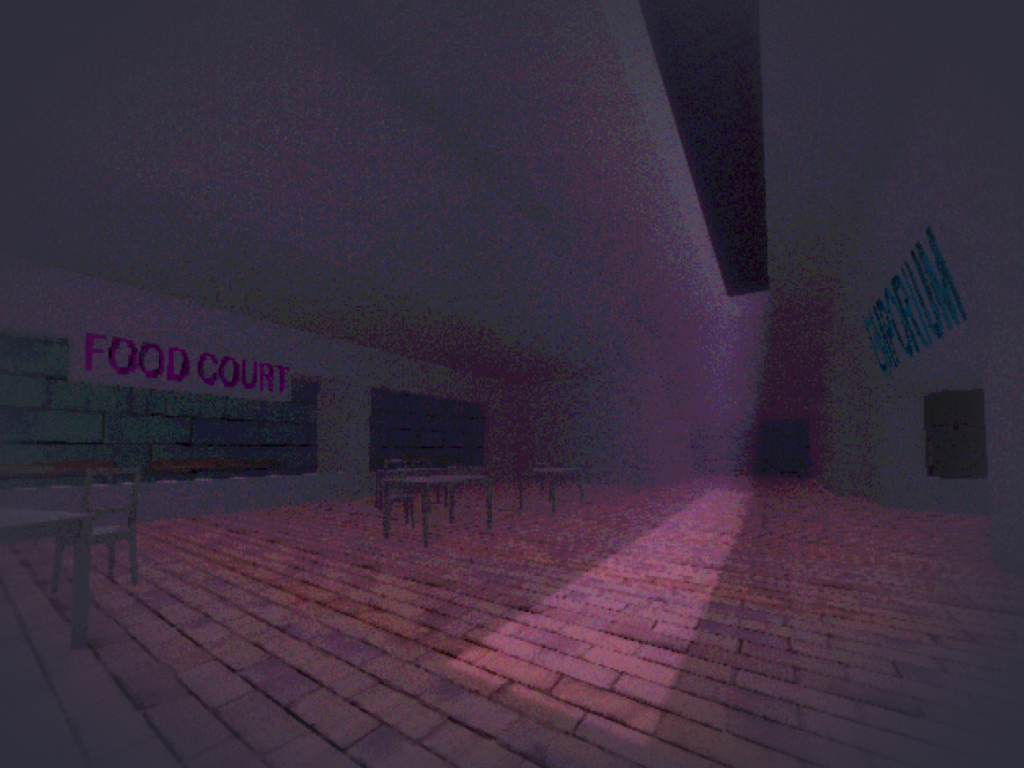Like many people, I purchased the Bundle for Racial Justice and Equality on itch.io. I may be unemployed, but $5 is not a lot to ask for 1,741 indie games, comics, books, and RPGs! (I even chipped in a little extra).
By the time the sale was over, Itch had raised over $5 million dollars, 100% of which was donated to the NAACP Legal Defense and Educational Fund and the Community Bail Fund.
(As an aside, I’d like to point out that Itch is a small indie games storefront, so they’re not exactly rolling in dough. And yet I don’t think we’ve seen similar initiatives from, say, Steam/Valve, or Blizzard, or any AAA game studio… gee, I wonder why that is? Does it start with “c” and rhyme with “shmapitalism”?)
Of course, now that I’m bought all these games, how do I figure out which ones to play? Out of a list of 1000+ games, how do I find stuff I like?
Some folks have put together tools (spreadsheet, app) that will help you to search through them by ratings, tags, description, developers, etc. The webapp will even suggest a random game for you! These are great, but you still have to know what you’re looking for — or at least be willing to click the “random game” button a lot.
So how do you get turned onto games you might like, but might not know you’ll like? For me, the answer to that is often “friends’ reviews.”
Therefore, I think it’s only fair for me to write up my impressions of the games from this bundle that I play. Hopefully this will only be the first post in a series!
Overland
Overland, published and developed by Finji (the spousal team of Adam and Bex Saltsman), is a “turn-based survival game” where you and a band of unlikely heroes — including some dogs! — take a road trip across the U.S. in the wake of a bugpocalypse.
First point: this is a game where you can definitely pet the dog. Your whole team can be dogs, if you like! Dogs wearing beanie hats and little backpacks!
… this is not a very good strategy, alas, as dogs can’t drive or fill up the car with gas.

I’ve sunk dozens of hours into this one already, so clearly this is a compelling game. Challenging, too, as I haven’t managed to beat it yet — the farthest I’ve gotten is “The Mountains”, which is the second-to-last zone, where the bugs are crowding in faster than I can deal with them. I still feel there is a lot of room to perfect my strategies for the basic “get gas, drive to the next stop” mechanic.
Ultimately, though, I can’t play this game for very long stretches. It’s the sort of game that requires making hard choices — do I leave someone behind so that the rest of the team can escape? Do I murder this other survivor at the gas station because they might steal my car? — and the consequences of those choices. That is part of what makes it so emotionally compelling, but also stressful to play for long periods.
I also don’t love the controls. It took me a while to get the hang of the “right-click to switch which party member you’re acting as.” Even with… twenty hours? or so in this game, there’s still a lot of me muttering “undo, undo” when I accidentally move where I don’t want to. (Thank goodness for that functionality!) Maybe it plays better with a controller?
But even if it’s not an “always” game for me, I still seriously admire the artistry that went into creating a game at once attractive and wrenching. When you consider there’s some degree of procedural generation that goes into this (in the dialogues between your party members, or in what stops appears on your map), that’s even more impressive.
Overall, I’d give it 3.5 stars (out of five). I think it would most appeal to fans of games like FTL or some of the XCom games, with its tactical, turn-based combat and difficult decision points.
Plant Daddy
Plant Daddy, by Brady Soglin is “a laid-back browser game about raising houseplants in your sunny apartment.” You can play it in the browser without having the bundle, or by purchasing it you can download and play it on Mac, Windows, or Linux.

This was the first bundle game I played, and I enjoyed it so much I pretty much binged it. Of course I appreciate anything involving plants 😉 But I also like the options you have for displaying your plants, I like the goals outlined on the to-do list, and as a long-time fan of alchemy-type systems in games, I was intrigued by the rare traits mechanic.
To me, Plant Daddy feels a lot like an idle game — click some buttons, gain some currency, come back later to click some more buttons and watch numbers go up. That’s not a bad thing! To the right kind of person — and I am that kind of person! — those sorts of games can be very relaxing. At the time I bought the bundle, that was precisely what I was looking for, and I sure found it!
I just wish there was more to it? It’s easy to play through most of the items on the “to-do list” in a day or so of regularly checking in — I think the only one I have left to complete is “find a plant with four rare traits,” and I don’t have a great path to achieving that.
That brings me to another point. I found the search for rare traits enjoyable at first, but ultimately somewhat unsatisfying. Each plant has a 7 digit “seed” number, and there seems to be some pattern to which seed numbers correspond to what rare traits — for example, the first three digits encode the plant species; all Ancient Ferns have numbers between 090 and 097, but only some of those will have rare traits. The last four digits encode traits in some additional way; they seem to work in concert with the first series, but it’s not 100% clear how. You can enter (almost) any seven digit number into your plant workbench and grow that seed, but there’s no guarantee it will have any interesting traits. And basic combinatorial mathematics will tell you that 7 digit numbers = a LOT of possible permutations.
Plus there’s at least some randomness to what digits correspond to what traits in what plants, because I still haven’t figured out a way to get predictable results. I’ve had the best luck combining the two sets of digits as groups, rather than just incrementing or decrementing the whole series. But even working with series I know encode 1-3 traits, I only get plants with 0-3 traits.
I have a feeling the four trait-plants are encoded with a completely different series than the 1-3 trait series, but short of brute-force guessing, or lucking into a plant with four traits from the shop, I have no systematic way to find those magic numbers.
(I guess a lot of people just go on the game forum to get seeds for four-trait plants, but that doesn’t seem like much fun to me. I may do it eventually, though, to satisfy my completism).
Another quibble: as a browser game, this runs in a Unity window within the browser. This is not exactly optimal, performance-wise. Now that my apartment is filled with plants, it lags starting up, and the longer I run it, the more it sounds like my computer (a brand new Macbook Pro) is about to achieve liftoff.
Given this, I considered downloading it and running it as a desktop application — an option, especially if browser games aren’t your thing. But that was when I discovered that your save doesn’t sync between the versions, so I would have to start from scratch for each platform.
(Plus fundamentally this feels like a browser game — see the comparison to idle games, above).
Despite these concerns, I got a lot out of this one! I think it will appeal to folks who like idle games, or who just want something relaxing and low-key in a stressful time. Three out of five stars.
Pagan: Autogeny
Pagan: Autogeny by Oleander_Garden is “an experimental first person open world role playing game set in the digital ruins of a largely abandoned MMORPG.” I saw that and was like YES PLEASE INSTANT DOWNLOAD, because if there’s anything I like, it’s games that comment on the experience of playing a game. (Hence my love for the Jvk.esp creepypasta, and my general love for the lore of the Elder Scrolls).
Speaking of creepy, the major thing I want to say about this game is it’s CREEPY AF. I think that feeling is forged by a combination of nostalgia and incompleteness — or, to crib from the phenomenal Itch copy: “It is heavily inspired by long-forgotten bargain-bin 1990s adventure games, and by a general ethos of user-hostile design.”
The nostalgia, first. From the first screen, which asks you to pick your resolution (defaulting to 1024×768!), you are treated to a Windows 95-era loading screen for an MMO ostensibly named “Plaza 76.” Once you load in, you find yourself a pixelated lobby — the graphics are about on par with, say, the original DOOM, or TES II: Daggerfall. A giant card offers you some instructions about how to move around in the world, but you’ll soon find they’re woefully incomplete.
Here in the lobby you can acquire a few starting items — a tarot card (an equippable item that increases your stats), a mystic blade, “labor vouchers,” and a few skill-up items. From that lobby, you can launch into various different biomes, which offer different adventures and things to find.

Just like any MMO, right? Except you’re alone and this world does NOT hold your hand.
(FWIW, I never played around much in early MMOs myself — my first one was City of Heroes in 2003 — but visually this reminds me a lot of watching my husband play Phantasy Star Online on the Sega Dreamcast).
The incompleteness, next. I think this arises out of the setting — a deserted MMO — as well as that aforementioned “user hostile design.” Overall, this gives the game the sense of an abandoned project, just as the creators doubtless intended. That you can’t extrapolate what lies ahead from what you’ve already passed through is the source of some of the creeping horror you come across in the game.
A few words about that user-unfriendliness — don’t expect any features you would have in a modern MMO, like a map, or a way to look your current buffs and debuffs, or, heck, even your hit points. I took to drawing maps on paper, because otherwise it’s easy to wander in circles in some of these zones.
Plus, like many old-school MMOs, too, when you die, you lose some of your items (thankfully most stuff is easy to reacquire), and respawn back in the lobby.
Like any good MMO, your experience is tied into your skills and equipment, and how those tie into the setting. Your skills include “murder”, “poetry,” “caffeine”, “body morphing”, and “estrogen.” You’ll pick up your first points in these in the lobby, which you may notice has only one bathroom, marked as a ladies’ room. That bathroom is also where you’ll find your starting tarot card, the High Priestess — traditionally associated with feminine power, this tarot nerd notes. Finally, one of the “quests” — as much there are “quests” — involves putting together a mannequin from body parts you find lying around the world; this increases your body-morphing skill.
Starting to notice a theme?
So yeah, there there is a continual, low-grade trans energy to this game, which is perhaps the “cursed gender_magick()” mentioned in the game description on Itch. (I was only a little disappointed that it wasn’t as transparent — pun not intended but certainly welcomed — as that description let me to believe).
This game apparently has multiple endings, but I have only discovered one so far — which is as surreal and vaguely terrifying as you might expect. I won’t spoil anything, but I will say that the game also plays around with breaking the fourth wall in a way that some of my favorite horror games do (i.e. Eternal Darkness, and yes, even that creepypasta I mentioned above).
If I have one complaint about this game, it’s that I have a lot of crashes to desktop (that are clearly not scripted — the game will make you question that, though!) The game description suggests using the 64-bit version if that keeps happening, so I think I will try that on my next trip to Plaza 76.
Another small quibble is that, having found the most obvious game ending, I’m at a bit of a loss of what to do next. I’ve explored all the obvious areas; there are apparently some hidden areas, but I don’t have a great idea of how to find them. And there’s at least one boss monster I’m not sure how to defeat! I’m sure if I poke I’ll uncover them, but the lack of a path forward makes me somewhat disinclined to do so. I wonder if this is where having a formal quest system might help?
One piece of advice I’d like to give to anyone who picks up this game is — make sure you read the manual in the install folder! You can go into this blind if you want the fully “user hostile” experience, but after your second or third trip it will definitely increase your enjoyment to understand what some of the equipment and tarot cards do.
Overall, I rate this one 4 out of 5 stars. As this is the third Pagan game by Oleander_Garden, I’m definitely inclined to check out the the other two that aren’t included in the bundle (Pagan: Technopolis and Pagan: Emporium).
All right, this got long, and I covered fewer games than I expected — but I hope you find it useful all the same. I think if there’s one thing I take away from this first round of games, it’s the world of indie games is broad and fascinating, and that I’m just sad I didn’t discover Itch before this!
(I’d also like to remind you to rate and review any Itch games you like! It will be helpful for those games’ visibility).
Join me next time, when I’ll discuss A Mortician’s Tale, Mon-Cuties for All, and Verdant Skies.